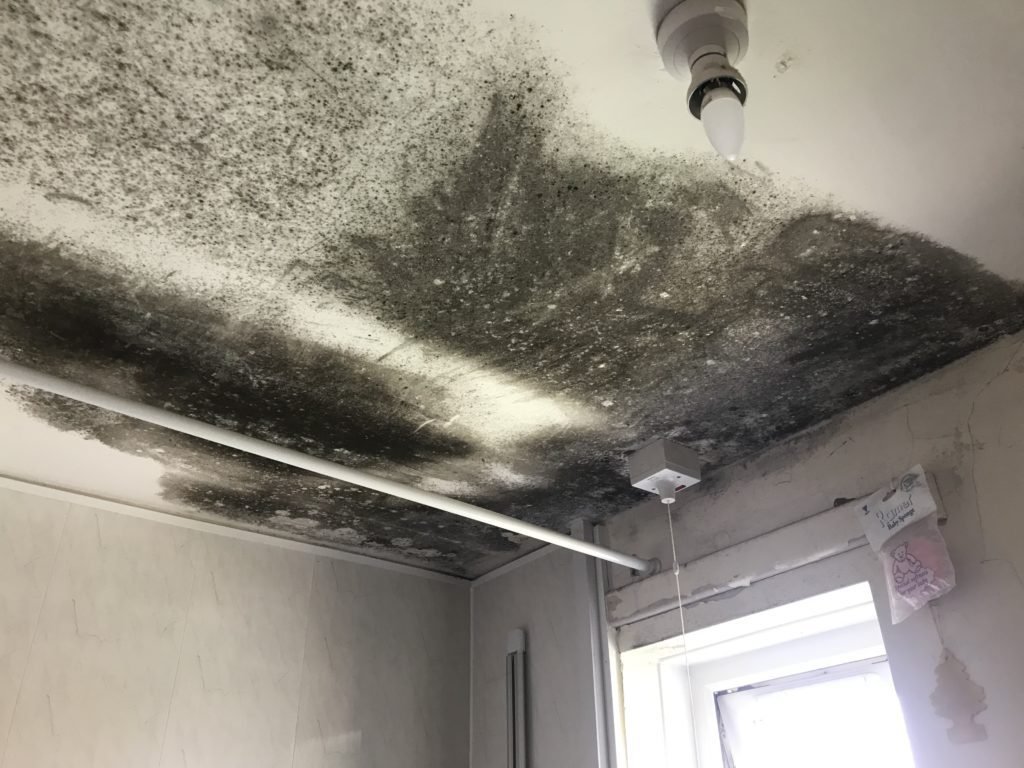Moulds are caused by too much moisture in a building and they emit spores which can cause a variety of health effects. Some people are particularly sensitive to them, such as babies and young children, the elderly and those with allergies or asthma.
For those with allergies, breathing in or touching mould spores can cause severe reactions, including asthma attacks, fever and shortness of breath, while for others, mould can bring on a runny nose, red or itchy eyes and irritated skin.
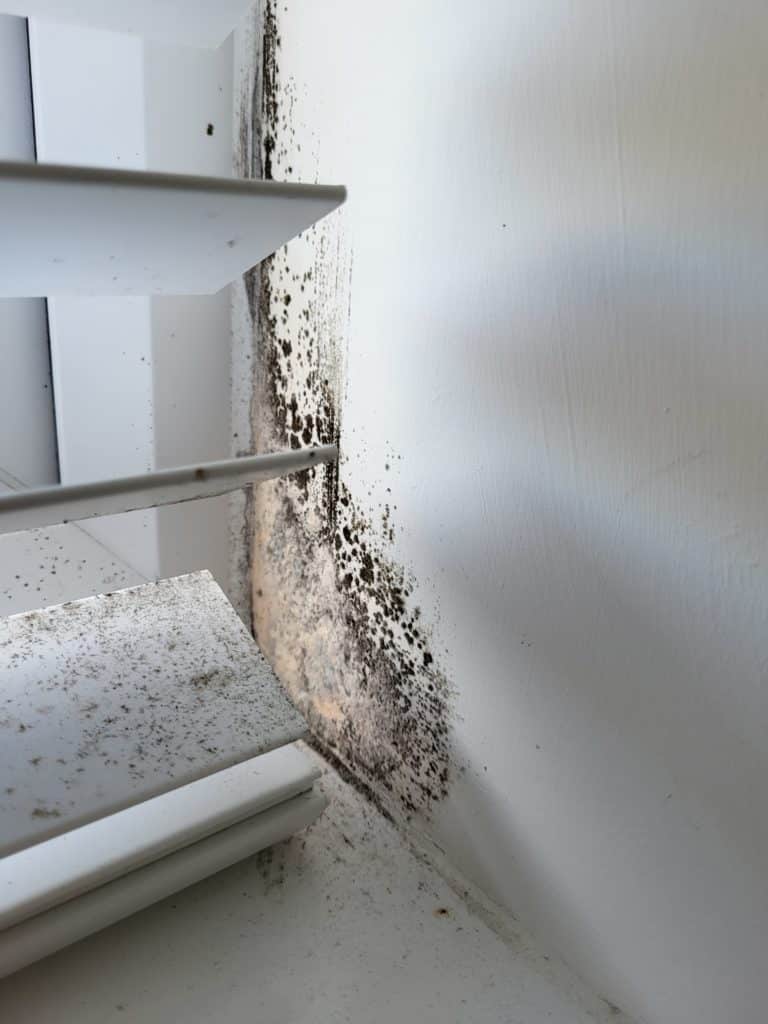
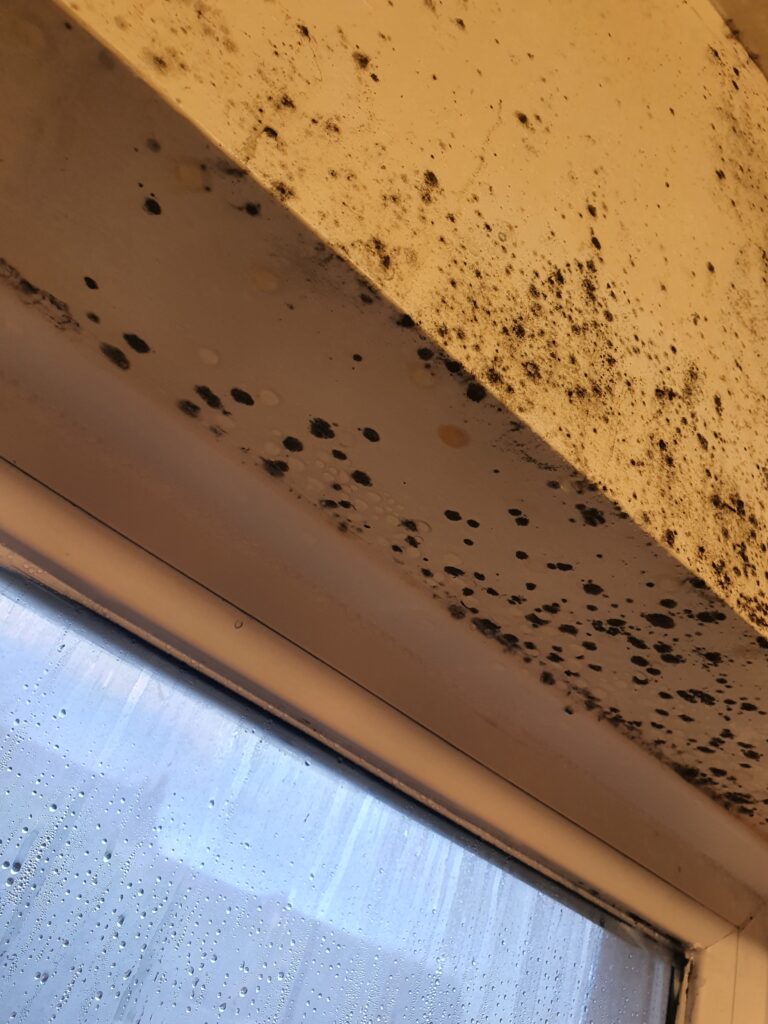
Mould removal
Our specialist mould removal service is extremely popular, and our extensive experience when it comes to the removal and treatment of mould is second to none. If required, our team would be not only happy to provide this service, but to also provide recommendations on how to prevent it from returning once and for all.

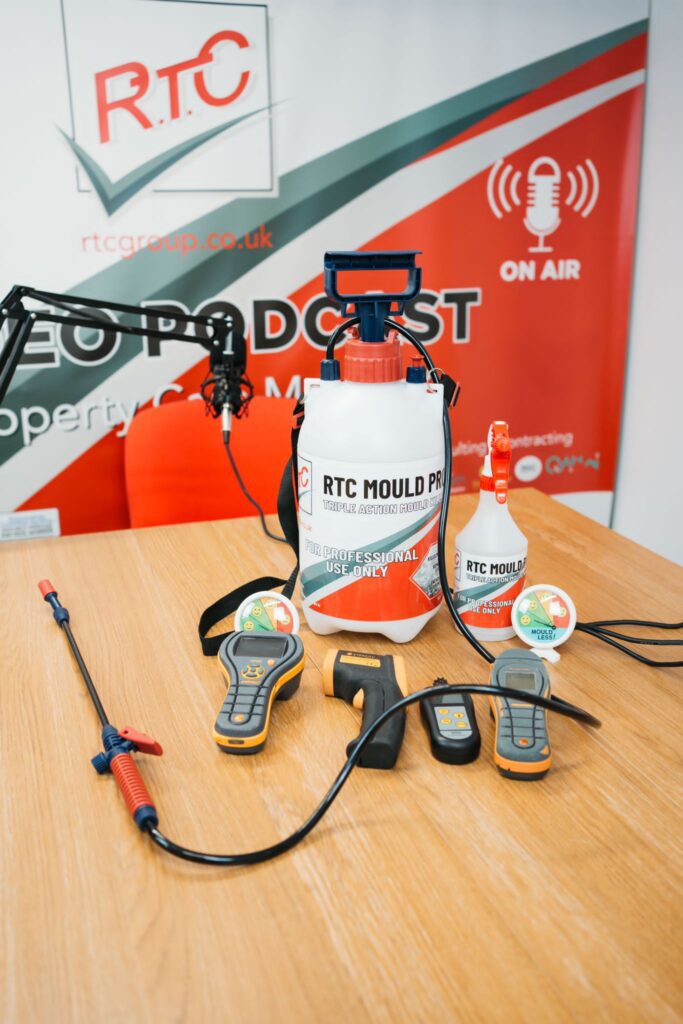
Diagnostic inspections
The need for extensive and detailed inspections by qualified and experienced surveyors is vitally important when addressing issues with mould growth, internal humidity and atmospheric moisture. Understanding of the way the building works and to provide a holistic approach in addressing the issues, requires extensive knowledge using specialist equipment. Our industry qualifications are recognised by government when addressing issues with damp and mould. You could not be in safer hands!
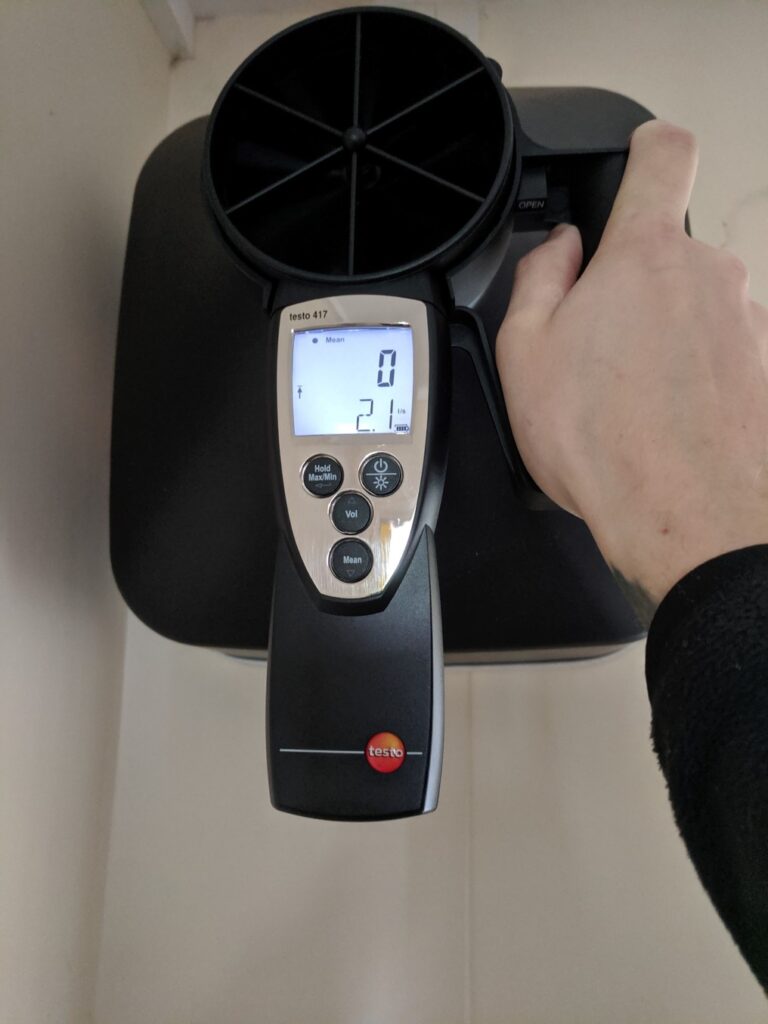
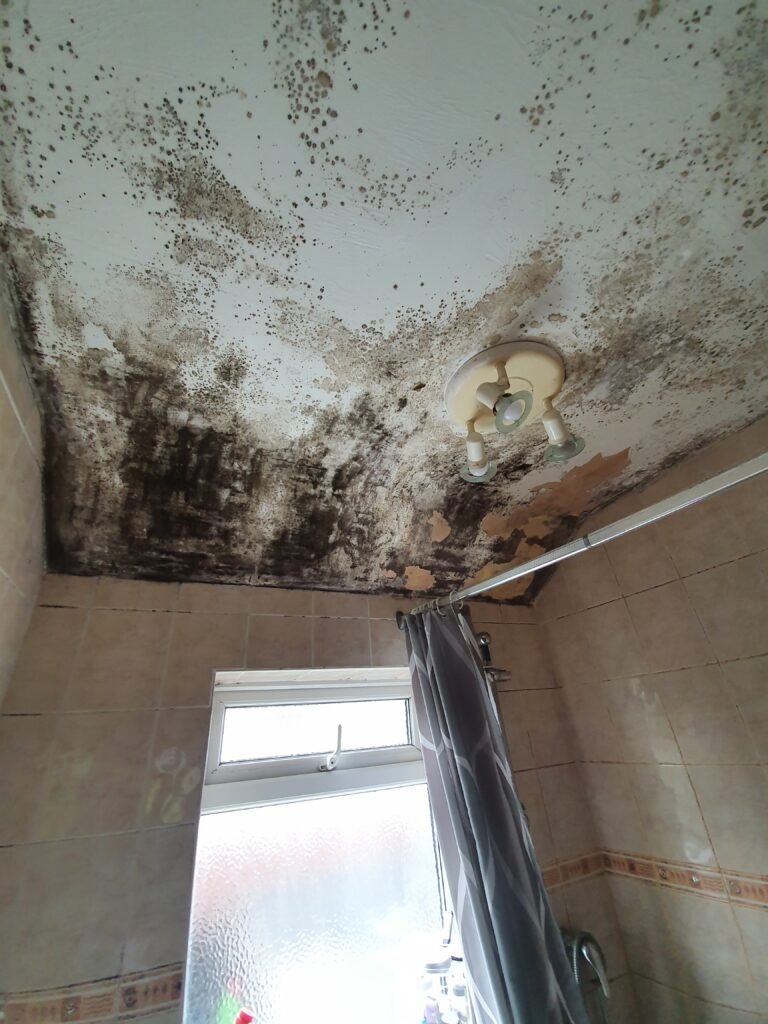
Mechanical ventilation
Mechanical ventilation systems are key.
Whether it be the installation of constant-run humidistat controlled extractor fans in kitchens and bathrooms, whole house positive input ventilation systems (PIV’s), heat recovery fans or even non-mechanical possi-vents, we have the expertise and knowledge to provide the best solution for the property.
We will ensure building regulation guidelines on flow rates are being achieved, with the installation of new extractor fans.
Fitting a ‘standard’ extractor fan is likely to have little effect. If the fan is connected to a light switch or operated by a pull cord, it will often be unused. Even when it is used, it will most likely be turned off before it’s had chance to extract all the moisture laden air.

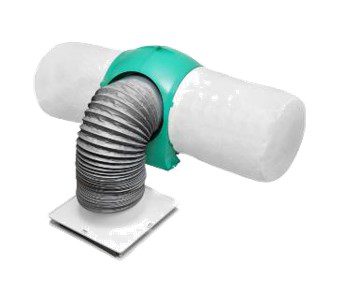
Internal wall insulation
If you’ve got a problem area or a wall which is particularly colder and more susceptible to mould growth, then you could consider the application of Thin Internal Wall Insulation (TIWI). TIWI is an ultra-thin (+/-4mm) specially woven polyester-based material. It is flexible and lightweight and will accommodate a multitude of wall finishes. Due to its ease of use and flexibility, it can be cut around light switches, sockets and radiator brackets, and is minimally invasive in its installation. Very often, door architraves and skirtings can remain in place and, because of its malleability, it fits around and into window reveals with ease.
TIWI can provide significant energy savings and TIWI could contribute to government retrofit policies to improve the EPC score of dwellings.
General advice
There are simple things we can all do to help improve internal conditions and keep the damp and mould at bay.
- Try keeping your heating on longer at a lower temperature. A modest but constant background heat is preferable to intermittent heating, as this will help to maintain a higher ambient temperature in the fabric of the building (and it’s more cost-effective, too).
- Open all window trickle vents throughout the property, if you have them.
- Regularly open the windows (on latch) to provide background ventilation and to prevent the build up of moisture, especially in kitchens and bathrooms (opening them too wide will just let cold air in).
- Keep the door to the bathroom closed, preferably at all times (believe it or not, moisture from bathrooms and kitchens can cause mould to form in other areas of the property; behind beds and furniture, for example).
- If you have existing extractor fans in the kitchen and bathroom, use them and don’t switch them off at the isolation switch.
- Avoid drying clothes internally. If this cannot be helped, clothes should ideally be placed in the bathroom to dry, with the door shut and the window open (don’t dry them on radiators throughout the house).
- If you have a tumble dryer, make sure it is correctly vented externally (even condensing dryers will not remove all moisture; some is bound to escape.
- Clean down mould with warm, soapy water as soon as you see it (don’t use bleach).If you are in a position to do so, we would always recommend that you consider the installation of new, constant run, humidistat controlled mechanical extractor fans in kitchens and bathrooms wherever possible.
For any queries on our mould services, or to book a survey, please contact us.
Our staff will work closely with you from survey stage, right through to the successful completion of the contract.

